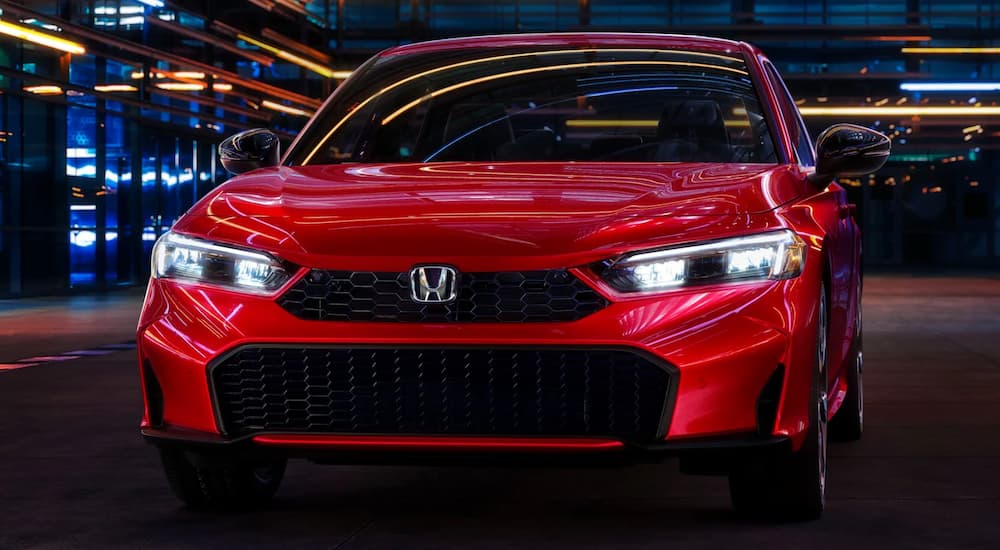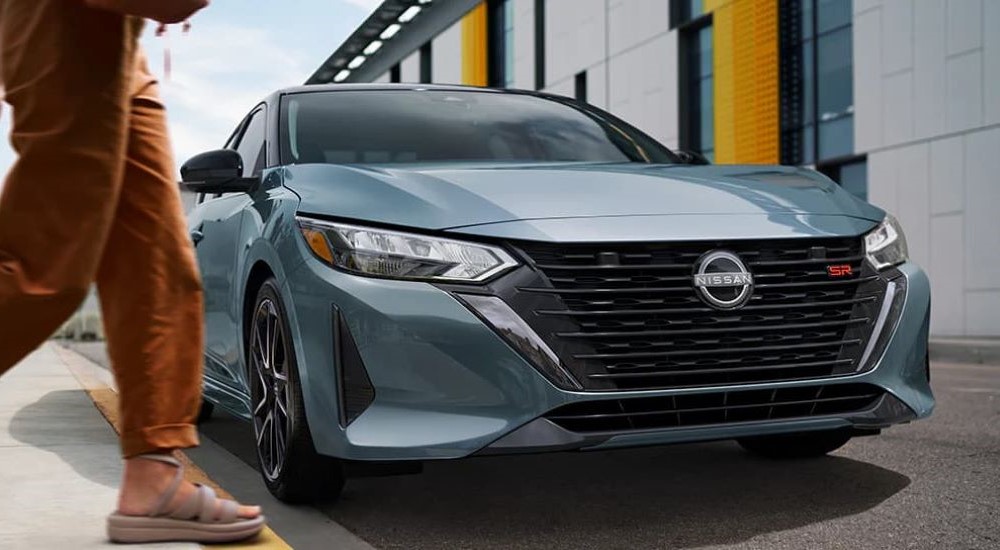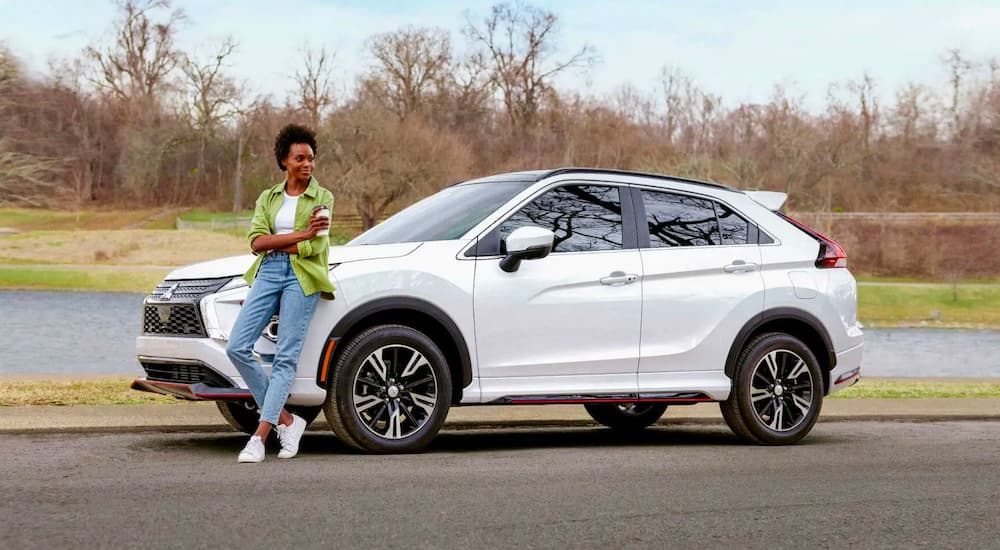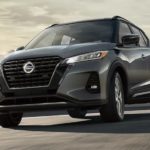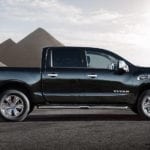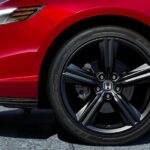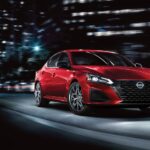Have you ever heard the phrase, “Two minds are better than one?” As it turns out, the concept is more than a ploy to encourage teamwork in our educational and professional settings; it’s also used in the fiercely competitive landscape of the global automotive industry. For Honda dealers around the world, though, they say three minds are better than one.
Honda recently announced an alliance with Mitsubishi and Nissan that has everyone curious about the automaker’s future. Why? Historically, many of these brand alliances spawned from financial failures and insecurities, with the partnerships helping struggling automakers avoid bankruptcy and a progressive downward spiral into industry oblivion. However, that isn’t the case with Honda’s partnership with Nissan and Mitsubishi. So, what’s the purpose?
A Common Ground: Shared Successes and Challenges
Honda has a solid footing in the global automotive landscape and is well-known for building vehicles that last. However, that success doesn’t mean the automaker is immune to the challenges naturally caused by the ever-evolving and advancing industry. Consider the push toward electric vehicles and the reliance on advanced software to run the cars, trucks, and SUVs that once solely relied on gas-powered engines.
Honda’s current lineup is gradually progressing toward a hybrid and electric future, but it isn’t fully there yet. The automaker recognizes it isn’t ahead of the curve like it once was when it introduced American drivers to models like the Civic, Accord, and CR-V. Today, Honda acknowledges that it can do and offer more and has turned to Nissan and Mitsubishi—fellow Japanese automakers in the same position.
It’s not far-fetched to imagine Mitsubishi or Nissan bringing in lower sales figures in America, but is Honda genuinely struggling? The reality for Honda is undeniable, especially after looking at its footing in the Chinese market and comparing its success to rivals like Toyota. Toyota sold 5.2 million vehicles in the first half of 2024—an impressive feat capitalized by the automaker’s recent alliance with Subaru and Mazda to maintain its position as an industry leader. So, where does that leave Honda?
Honda, Mitsubishi, and Nissan sold four million vehicles combined from January to June 2024—a significant gap that Honda is more than ready to remedy. However, that isn’t the only cause for concern. Honda and Nissan face ongoing struggles in the Chinese market, where they’ve historically had strong sales and a significant presence. Today, the reality is much different.
Electric vehicles are in high demand across China, and with few options from Honda and Nissan, Chinese drivers are turning to other automakers. The struggle is impossible to ignore, with the brands taking a significant hit. The declining sales forced Honda to close a factory in China and halt production at another plant.
The numbers from Honda’s June 2024 financial report paint a clearer picture, with the automaker reporting decreases in production worldwide for the second consecutive month and the first time in two years. We also see a similar struggle in Nissan’s July 2024 report, which shows a 20.8% decrease in sales in China and a 1.3% decrease in global sales.
A Collaborative Approach: An Alliance Intended to Innovate
Honda’s alliance with Nissan and Mitsubishi is proactive and strategic. The collaborative partnership is intended to innovate by allowing the automakers to combine their strengths, technologies, and financial platforms. Three minds—or, in this case, automotive brands—are better than one.
“The automobile industry is in a period of transformation that is said to occur once in a century,” Honda’s President, Toshihiro Mibe, said in a press release. “We expect the combination of technologies and knowledge cultivated by Nissan and Honda, as well as the strength and experience of Mitsubishi Motors, will enable us to more quickly resolve various issues related to electrification and intelligence on a global scale and help lead societal reforms as a top runner.”
The real question is, what can we expect from this alliance in terms of tangible results? Will we see new models, advanced technologies, and more hybrid and electric options? That’s the hope, but let’s consider what each automaker brings to the partnership, their plans for the future, and how that might impact their future lineups.
Combining Individual Strengths
Honda brings a strong reputation of reliability to the table, with its models known for logging hundreds of thousands of miles. This reliability is ingrained in Honda’s platform and architecture, but Honda struggles to apply that same principle in building its lineup of electric vehicles and plug-in hybrid options. Fortunately, this is where Nissan and Mitsubishi excel.
Nissan transformed the automotive landscape in 2010 when it debuted the LEAF, the world’s first mass-produced electric vehicle. Over the years, Nissan has fine-tuned the LEAF’s design and expanded its hybrid and electric options to reflect the industry’s advancements and heightened demand for greener and more sustainable vehicles. The same is true with Mitsubishi, a brand that’s gradually built its reputation around its plug-in hybrid vehicles and their value-oriented packaging, engaging performance, and advanced technologies.
Setting Common Goals
Just as Mitsubishi, Nissan, and Honda share similar struggles in the current automotive landscape, they also have similar goals for the future. The automakers intend to positively impact the industry with lineups designed to introduce drivers to a new, comprehensive, and transformative experience. Fulfilling this mission requires building vehicles with cutting-edge technologies, premium features, and potent powertrains that stretch from what drivers know (gas) to hybrid, plug-in hybrid, and electric alternatives.
Honda’s 2030 vision is centralized on delivering joy to its customers by expanding their life’s potential in the driver’s seat. This threefold vision involves developing models that fulfill drivers’ expectations and meet their needs. It also means rebuilding the Honda lineup to establish a carbon-free fleet and foster a collision-free future. Nissan and Mitsubishi have similar goals, vowing to build modern lineups that offer a wide range of performance, from economically-friendly gas-powered models to hybrids, plug-in hybrids, and BEVs.
With a shared vision for the future, Honda, Nissan, and Mitsubishi have established a strong foundation for their alliance. The goal is to make modern vehicles that incorporate advanced tech that benefits drivers, from their safety to their experience in the driver’s seat. Ultimately, the automakers recognize the significance of making these models accessible to more drivers by working together to cut development and production costs by relying on one another’s expertise.
Stronger Together
An alliance between automotive brands isn’t a new endeavor or a groundbreaking concept. Automotive partnerships have decorated the industry’s history over the last century. They’ve spawned from financial struggles to the pursuit of innovative ideas with the hopes of gaining a stronger foothold or a lead over rivals. We’ve seen it from America’s Big Three automakers, especially with Stellantis-led brands like Chrysler, Dodge, Jeep, and Ram, each operating as individual brands but sharing resources. Today, we see it with Honda, Nissan, and Mitsubishi.
Honda’s new alliance proves that these three automotive brands can be stronger together and regain their footing. Developing electric vehicles and hybrid platforms is costly for any automaker, but that cost can paralyze an already struggling one. Honda, Nissan, and Mitsubishi recognize as much, forming an alliance that will save them money without compromising their brands.
Drivers will undeniably benefit from the alliance—hopefully sooner rather than later. Honda and Nissan have already mentioned sharing and rebadging their models to add diversity to their lineups. We also anticipate the automakers will focus heavily on technology by integrating more software-based platforms, intuitive infotainment systems, expansive digital displays, and advanced driver assistance technologies that match what rival automakers already offer. The alliance’s anticipated progression to a more tech-centric and greener lineup has the opportunity to launch Honda back into the spotlight as an industry leader and innovator.
